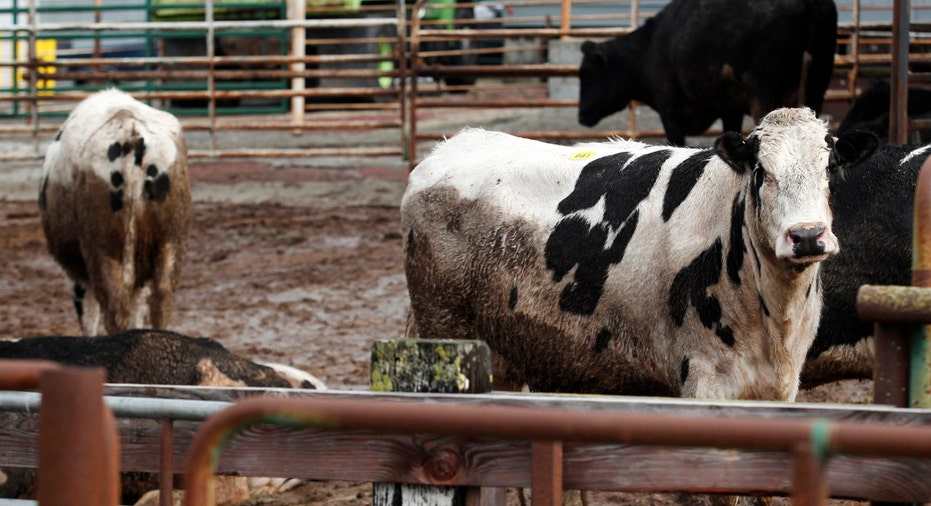The Cattle Conundrum

For years, news of real and otherwise contrived commodities scarcities have given investors good reason to be scared into protecting themselves with long commodity exposure. Like a new college football coach promising immediate victory for an otherwise losing tradition, commodity prices do what they have always done. They promise much, burn red-hot, and eventually crumble.
Live cattle fell sharply yesterday and matched prices not seen in two years as large herds and heavy (cattle) weights bear down on reports of the highest frozen meat inventory on record. Similarly, lean hogs have fallen to values not visited since 2009 as frozen inventories have spiked to unprecedented, never-recorded highs! On a year-to-date basis, live cattle are down -15%, feeder cattle are down -20%, and lean hogs are down -24%.
Just over one year ago, September 18, 2014, I was on FOX Business discussing the exact opposite scenario and whether the recent cattle conundrum – i.e. prices were going higher with no end in sight – would create a “new normal” where beef would price itself out of existence on a typical American dinner plate.
At the time, the cattle story was severely convincing. In 2014, U.S. herd sizes had dropped by almost 50% due to severe drought and thus, lack of feed grass. Additionally, ranchers were switching to corn and the U.S. was starting to charge ranchers for open range land – both uneconomic to the rancher. Further, cattle herds do not turn around as quickly, as say, hogs. A piglet can turn to a “heavy” (i.e. go to market) within six weeks; while it takes a calf 18-months to become a 600-800 pounds (feeder) and five additional months to become 1,000 pounds (live cattle).
And, consistent with every commodity rally the words “It is different this time” were proclaimed as cattle climbed a large wall of worries last year – so big that one futures contract purchased in January, 2014 would have netted the investor with over $30,000 profit by late September. Not bad considering an initial $1,500 investment!
Markets climbed steadily throughout the year as newspapers printed bold tales of ranchers and their shrinking profit margins, no demand destruction in sight, cattle theft, and fist fights over the last Christmas beef tenderloin at the neighborhood grocery store. By year’s end, consensus was converted into thinking that cattle would never, ever go down again. The days of $1.00 feeder cattle would soon be something of legend.
I don’t write financial columns or make television appearances to amuse, to divert, or even, for that matter, to be merely interesting. Three decades of trading and fund management has sharpened my motivation to be simple, clear and concise in my trading decisions. To avoid quaint phrases or remedies; to become overly casual or mechanical with what is based on what was? Nothing I do is quite free from artistic reflections but my desire to share real experiences feels valuable and ought not to be missed.



















